42 how do ocean currents work
Ocean current - Wikipedia An ocean current is a continuous, directed movement of sea water generated by a number of forces acting upon the water, including wind, the Coriolis effect, breaking waves, cabbeling, and temperature and salinity differences. Depth contours, shoreline configurations, and interactions with other currents influence a current's direction and strength. Ocean currents are primarily horizontal water ... How Ocean Currents Work - ThoughtCo Surface currents are those found in the upper 400 meters (1,300 feet) of the ocean and make up about 10% of all the water in the ocean. Surface currents are mostly caused by the wind because it creates friction as it moves over the water. This friction then forces the water to move in a spiral pattern, creating gyres.
Rip Currents - Currents: NOAA's National Ocean Service ... A rip current, sometimes incorrectly called a rip tide, is a localized current that flows away from the shoreline toward the ocean, perpendicular or at an acute angle to the shoreline. It usually breaks up not far from shore and is generally not more than 25 meters (80 feet) wide. Rip currents typically reach speeds of 1 to 2 feet per second.

How do ocean currents work
Ocean Currents - National Geographic Society By moving heat from the equator toward the poles, ocean currents play an important role in controlling the climate. Ocean currents are also critically important to sea life. They carry nutrients and food to organisms that live permanently attached in one place, and carry reproductive cells and ocean life to new places. (PDF) The Ocean Currents - ResearchGate Winds are able to move the top 400 meters of the ocean creating surface ocean currents. Surface currents are mostly caused by the w ind because it creates friction as it moves over the water. Ocean currents | National Oceanic and Atmospheric ... Large-scale surface ocean currents are driven by global wind systems that are fueled by energy from the sun. These currents transfer heat from the tropics to the polar regions, influencing local and global climate. The warm Gulf Stream originating in the tropical Caribbean, for instance, carries about 150 times more water than the Amazon River.
How do ocean currents work. Currents, Gyres, & Eddies - Woods Hole Oceanographic ... Oct 22, 2020 · What are Currents, Gyres, and Eddies? Even on the calmest days, Earth's oceans are constantly on the move. At the surface and beneath, currents, gyres and eddies play a crucial role in physically shaping the coasts and ocean bottom; in transporting and mixing energy, chemicals and other materials within and among ocean basins; and in sustaining countless … How Do Ocean Currents Affect Climate? - WorldAtlas Ocean currents are either on the surface of the ocean or in the deep waters below 300 meters. The currents can also move either horizontally or vertically depending on the cause. The ocean currents can also be influenced by the shape of the ocean basin, topography, and the land masses bordering the Ocean. ... How do ocean currents work? - Jennifer Verduin | TED-Ed In 1992, a cargo ship carrying bath toys got caught in a storm. Shipping containers washed overboard, and the waves swept 28,000 rubber ducks and other toys into the North Pacific. But they didn't stick together -- the ducks have since washed up all over the world. How did this happen? Jennifer Verduin dives into the science of ocean currents. How Melting Arctic Ice Affects Ocean Currents | Center for ... The added freshwater makes the seawater less dense. This has caused the North Atlantic to become fresher over the past several decades and has caused the currents to slow. Water that is less dense will not be able to sink and flow through the deep ocean, which may disrupt or stop the pattern of ocean currents in the region.
Ocean Currents and Climate | National Geographic Society The ocean has an interconnected current, or circulation, system powered by wind, tides, the Earth's rotation (Coriolis effect), the sun (solar energy), and water density differences. The topography and shape of ocean basins and nearby landmasses also influence ocean currents. How Rip Currents Work | HowStuffWorks A rip current is a narrow, powerful current of water running perpendicular to the beach, out into the ocean. These currents may extend 200 to 2,500 feet (61 to 762 m) lengthwise, but they are typically less than 30 feet (9 m) wide. Rip currents can move at a pretty good speed, often 5 miles per hour (8 kph) or faster. Jennifer Verduin: How do ocean currents work? | TED Talk How do ocean currents work? In 1992, a cargo ship carrying bath toys got caught in a storm. Shipping containers washed overboard, and the waves swept 28,000 rubber ducks and other toys into the North Pacific. Understanding Surface Currents vs Deep Ocean Currents Understanding how these different ocean currents work, what impacts ocean currents, and tracking changes in these systems can help us better plan for climate change, map shipping routes, and optimize the placement of offshore renewable energy and aquaculture operations. What causes surface currents? There are many factors that cause ocean currents.
How do ocean currents work? - Quora Answer (1 of 10): Simply, because the sun causes heat differences in ocean regions, making salinity differences and surface winds. Also, the Earth's rotation tilts the ocean surface. The coriolis effect happens because the earth rotates toward the east. It can be thought of as water piling up be... How do ocean currents work? - Jennifer Verduin - YouTube Dive into the science of ocean currents (including the Global Conveyor Belt current), and find out how climate change affects them.--In 1992, a cargo ship ca... Curious Kids: how do currents form under water? It forms beneath the breaking waves, and pulls the water back toward the sea, across the sandy seabed, out past where the waves are breaking. Though the undertow helps to get some of the water back... Earth Science for Kids: Ocean Waves and Currents Do currents impact the climate? Ocean currents can have a significant impact on climate. In some areas warm water is moved from the equator to a colder region causing the region to be warmer. One example of this is the Gulfstream current. It pulls warm water from the equator to the coast of Western Europe.
How do the ocean currents and the atmospheric pressure work... The intense movement of ocean currents forms a stable path that pushes the ocean current to the atmosphere. Due to the cold temperature in the atmosphere the ocean current condenses and forms the clouds cover. The ocean currents accumulate more in the atmosphere forming a thick and heavy cloud cover. The continuous accumulation of the cloud ...
How do ocean currents move and how does this affect ... One of the first steps is to put an ice cube in one corner. We observed that for a few minutes, and then followed it up with putting a few more ice cubes in. With each new ice cube the water moved as the ice cube melted, causing the colors to mix. It was really quite pretty to observe, and the kids had some rather colorful observations.
Convection Currents and How They Work - ThoughtCo Simply add a few peas or bits of paper to trace the current flow. The heat source at the bottom of the pan heats the water, giving it more energy and causing the molecules to move faster. The temperature change also affects the density of the water. As water rises toward the surface, some of it has enough energy to escape as vapor.
How do ocean currents work? - The Kid Should See This These ducks and their worldwide adventure unexpectedly helped researchers chart how ocean currents work. In this TED-Ed by Jennifer Verduin, directed by Cabong Studios, we learn how surface currents, deep ocean currents, wind, salt, gyres, the Coriolis Effect, and other powerful factors affect how water moves around the planet. TEACHING RESOURCES:
Energy Production Ocean Currents Task 1.0 Ocean Current Workshop and End User Feedback . A workshop of leading experts on ocean currents was convened. The intent of the workshop was to review and revise the proposed methodology for assessing the ocean currents to ensure the quality of the ocean current database meets the highest state-of-the-art standards.
What causes ocean currents?: Ocean Exploration Facts: NOAA ... Surface currents in the ocean are driven by global wind systems that are fueled by energy from the sun. Patterns of surface currents are determined by wind direction, Coriolis forces from the Earth's rotation, and the position of landforms that interact with the currents.
The Major Ocean Currents of the World - Earth How 1. TED Ed Lesson - How Ocean Currents Work. This TED-Ed lesson features how ocean currents work. It starts with a story of how rubber ducks got swept away by ocean currents. Then, it gets into what influences ocean currents. For example, the wind, tides, water density, rotation, and even ocean floor topography influences currents in the oceans.
How Ocean Currents Work (and How We Are Breaking Them ... PBS Member Stations rely on viewers like you. To support your local station, go to: ↓ More info and sources below ↓Head over to A...
Garbage Patches | OR&R's Marine Debris Program Garbage patches are large areas of the ocean where litter, fishing gear, and other debris - known as marine debris - collects. They are formed by rotating ocean currents called “gyres.” You can think of them as big whirlpools that pull objects in. The gyres pull debris into one location, often the gyre’s center, forming “patches.”
How Do Ocean Currents Work? Video for 6th - 12th Grade ... This How Do Ocean Currents Work? Video is suitable for 6th - 12th Grade. Find out what puts the motion in the ocean with a short video about how ocean currents work. An animated video uses the story of little yellow ducky bathtub toys to show how currents flow through the world's oceans.
What Are Convection Currents? - Sciencing Apr 23, 2018 · Convection currents transfer heat from one place to another by mass motion of a fluid such as water, air or molten rock. The heat transfer function of convection currents drives the earth’s ocean currents, atmospheric weather and geology.
Thermohaline Circulation - Currents: NOAA's National Ocean ... Winds drive ocean currents in the upper 100 meters of the ocean's surface. However, ocean currents also flow thousands of meters below the surface. These deep-ocean currents are driven by differences in the water's density, which is controlled by temperature ( thermo) and salinity ( haline ). This process is known as thermohaline circulation.
How Ocean Currents Work - HowStuffWorks Few bodies of water have the intricate system of currents that oceans do, though. Ranging from predictable tidal currents to fickle rip currents, ocean currents may be driven by tides, winds or differences in density. They profoundly affect the weather, marine transportation and the cycling of nutrients. How exactly?
How Ocean Currents Work? - Windy.app An ocean current is the movement of ocean water from area A to area B. What causes that movement? First of all, the wind. When the wind blows above the surface of the ocean, it moves the upper layers of water. The movement is transmitted to deeper layers and from them to even deeper waters.
Big Ocean Women Susan Roylance has been a friend and mentor to Big Ocean Women from our very beginnings. She sent this to some of our leadership, and we felt to share it here. At this time, Big Ocean Women is involved in many endeavors as an organization from the Penny Plan, to helping refugees from Afghanistan, to…
Ocean currents | National Oceanic and Atmospheric ... Large-scale surface ocean currents are driven by global wind systems that are fueled by energy from the sun. These currents transfer heat from the tropics to the polar regions, influencing local and global climate. The warm Gulf Stream originating in the tropical Caribbean, for instance, carries about 150 times more water than the Amazon River.
(PDF) The Ocean Currents - ResearchGate Winds are able to move the top 400 meters of the ocean creating surface ocean currents. Surface currents are mostly caused by the w ind because it creates friction as it moves over the water.
Ocean Currents - National Geographic Society By moving heat from the equator toward the poles, ocean currents play an important role in controlling the climate. Ocean currents are also critically important to sea life. They carry nutrients and food to organisms that live permanently attached in one place, and carry reproductive cells and ocean life to new places.



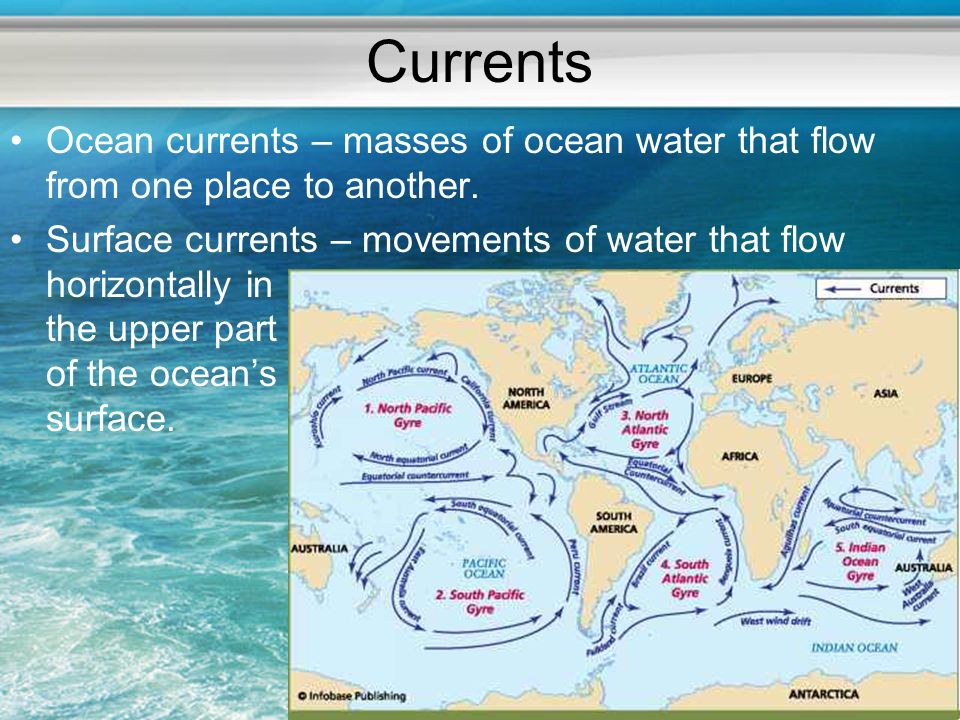
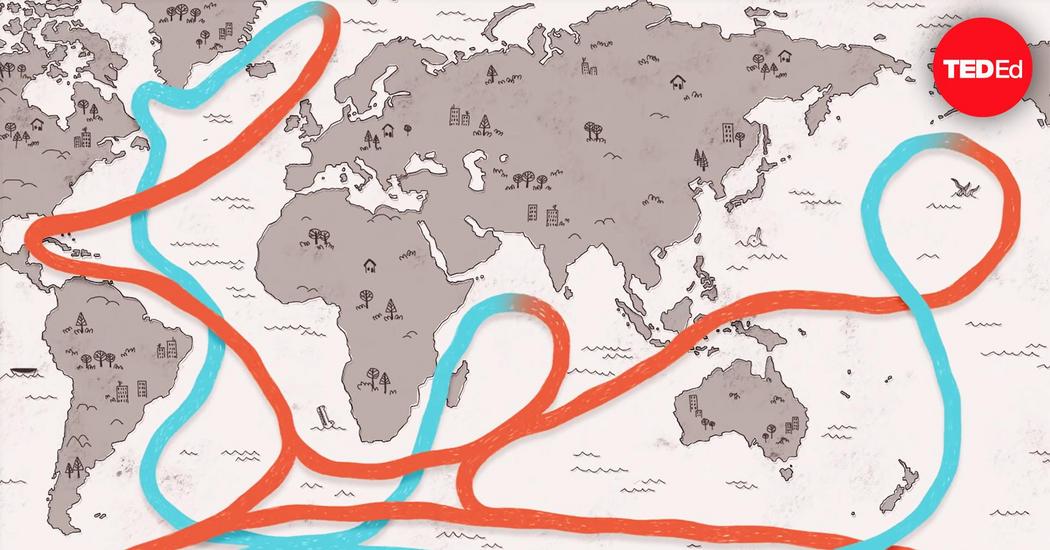
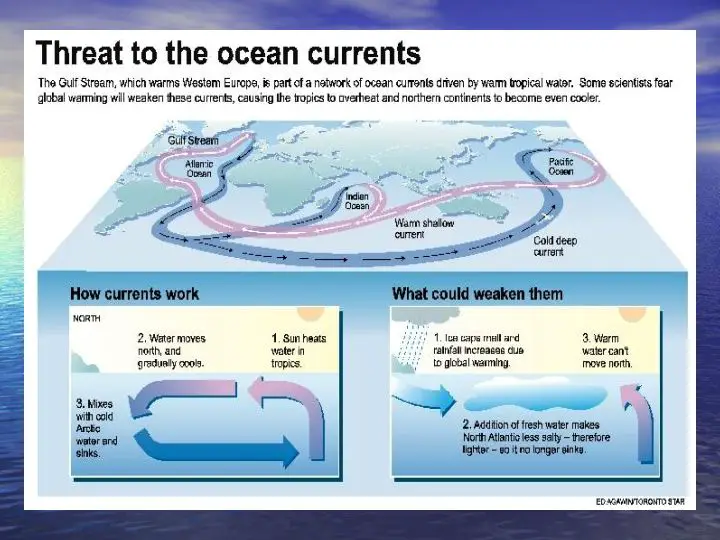


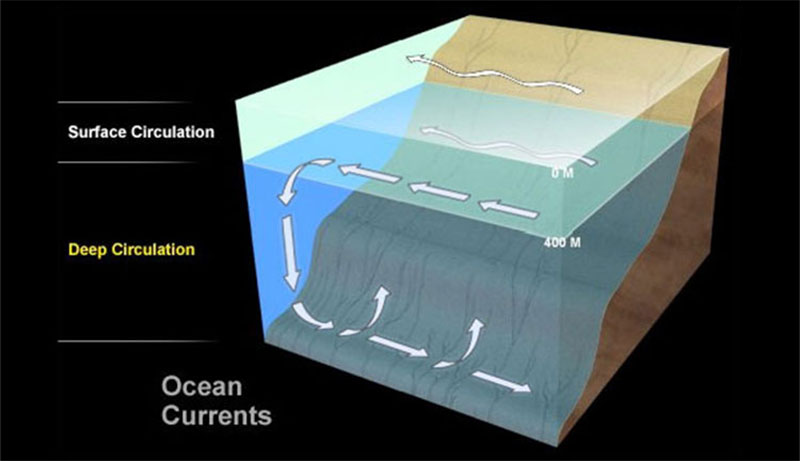

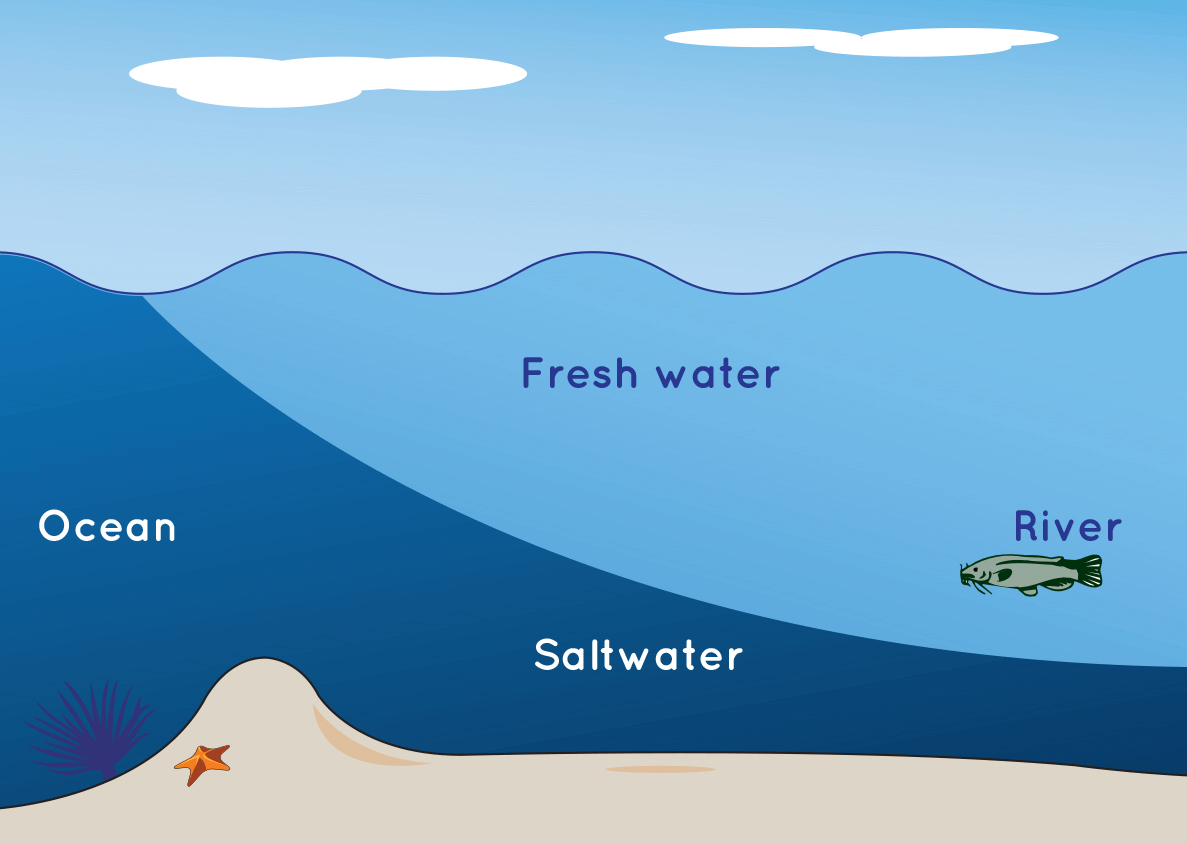
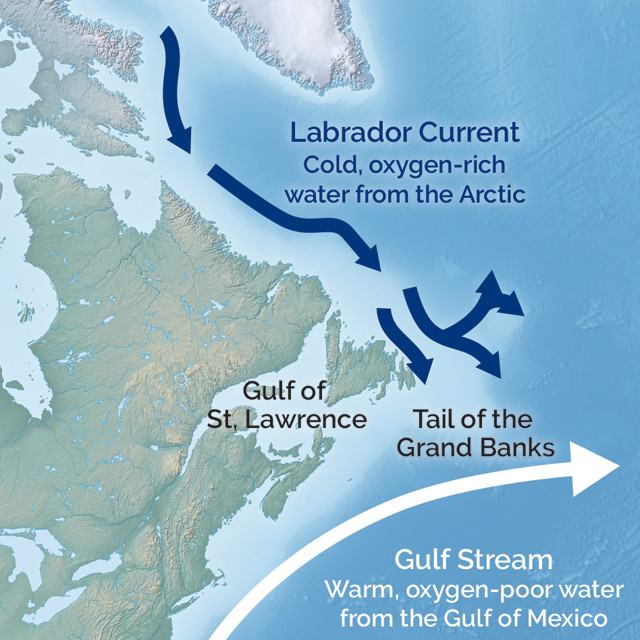

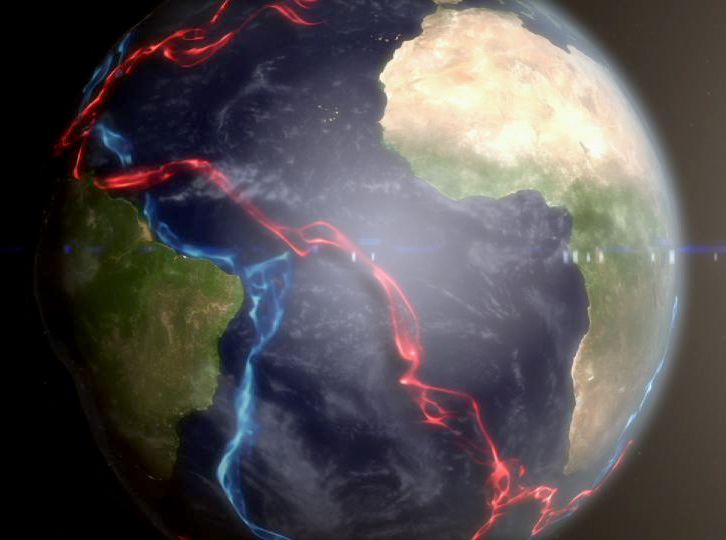






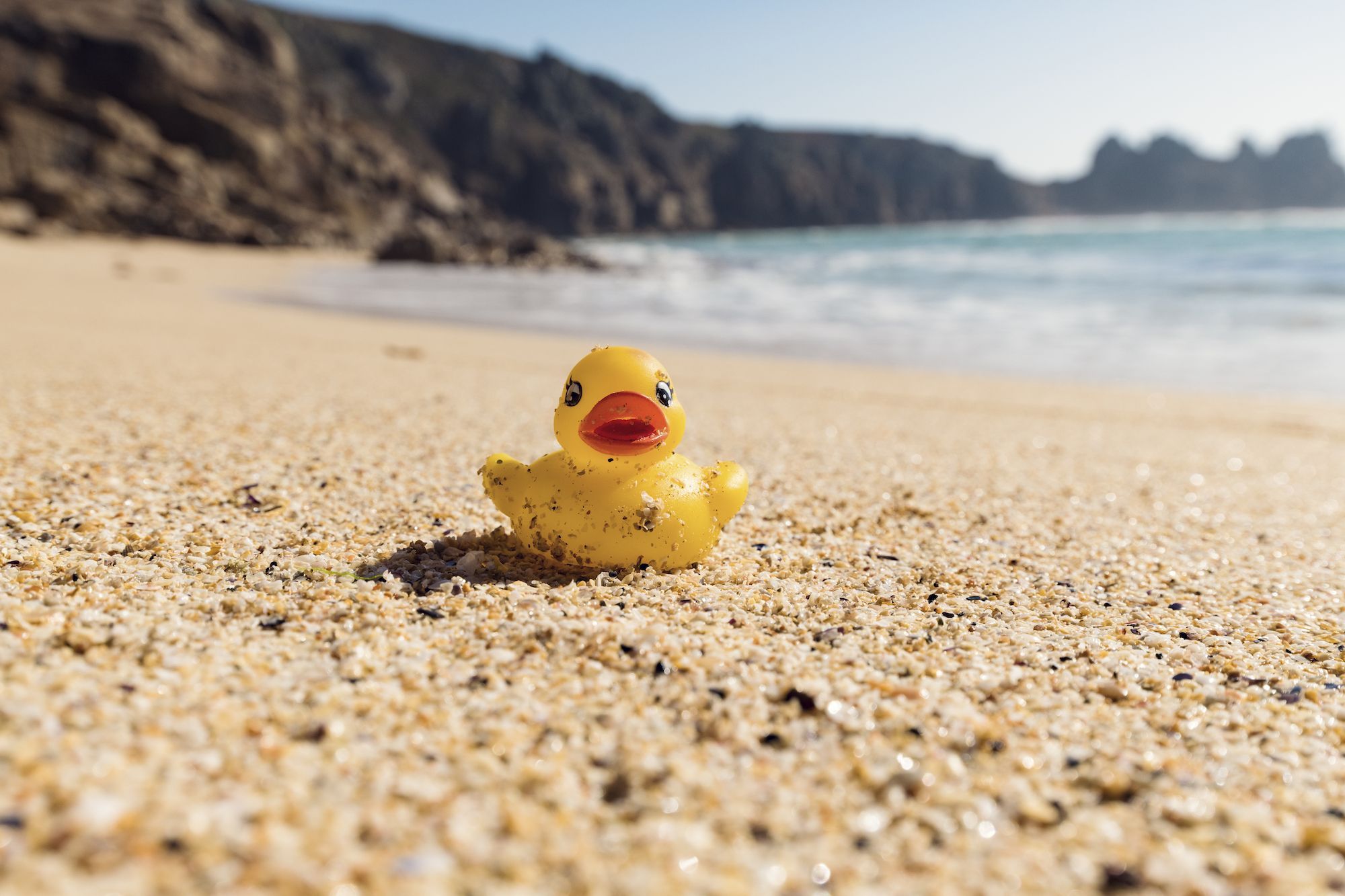




/https://public-media.si-cdn.com/filer/69/64/6964ec42-f74e-41eb-a7bd-4d2939689bd1/atlantic_currents.jpg)
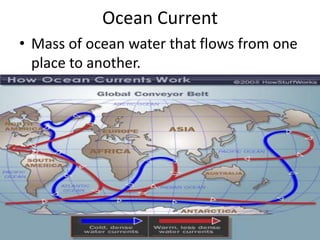

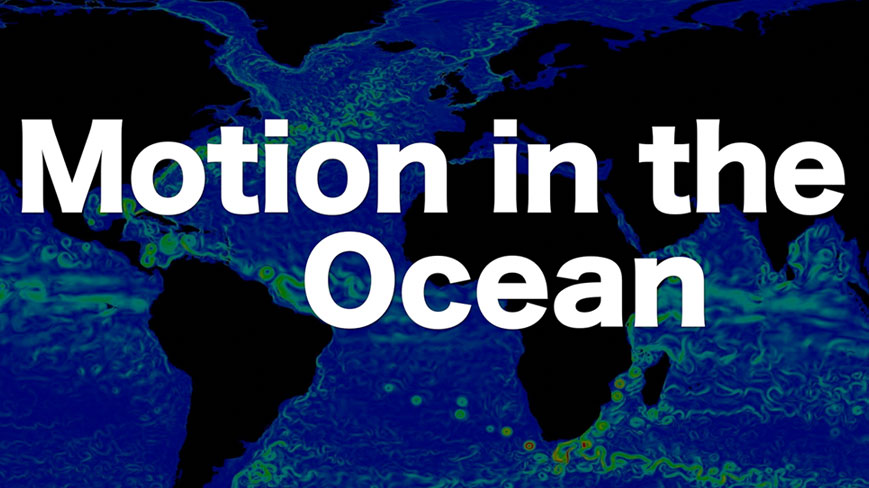
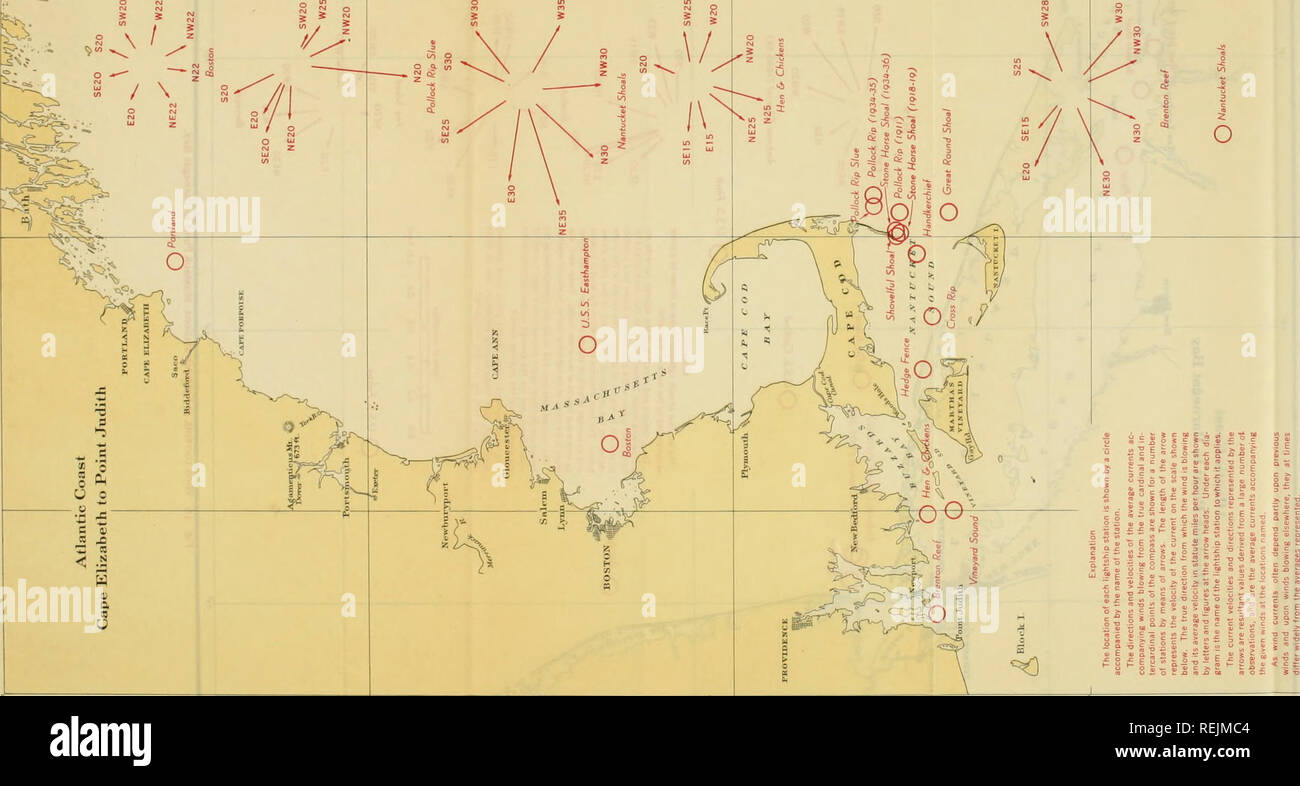


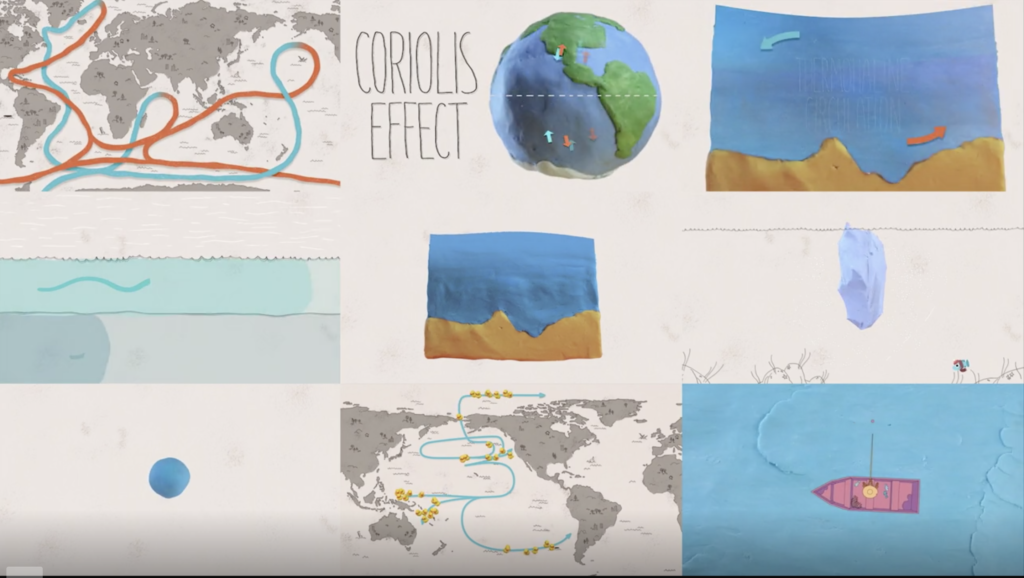

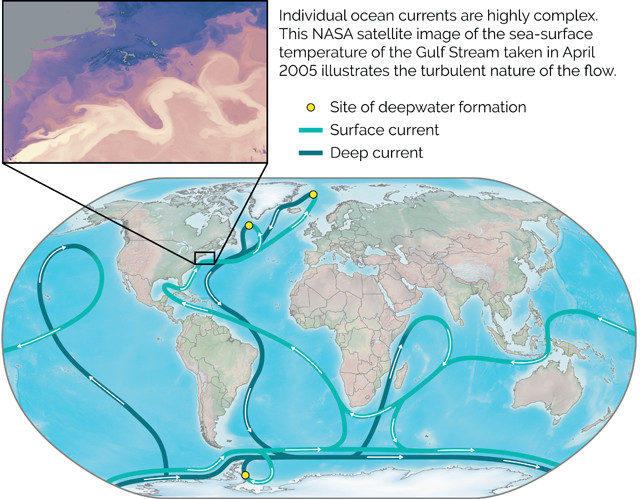
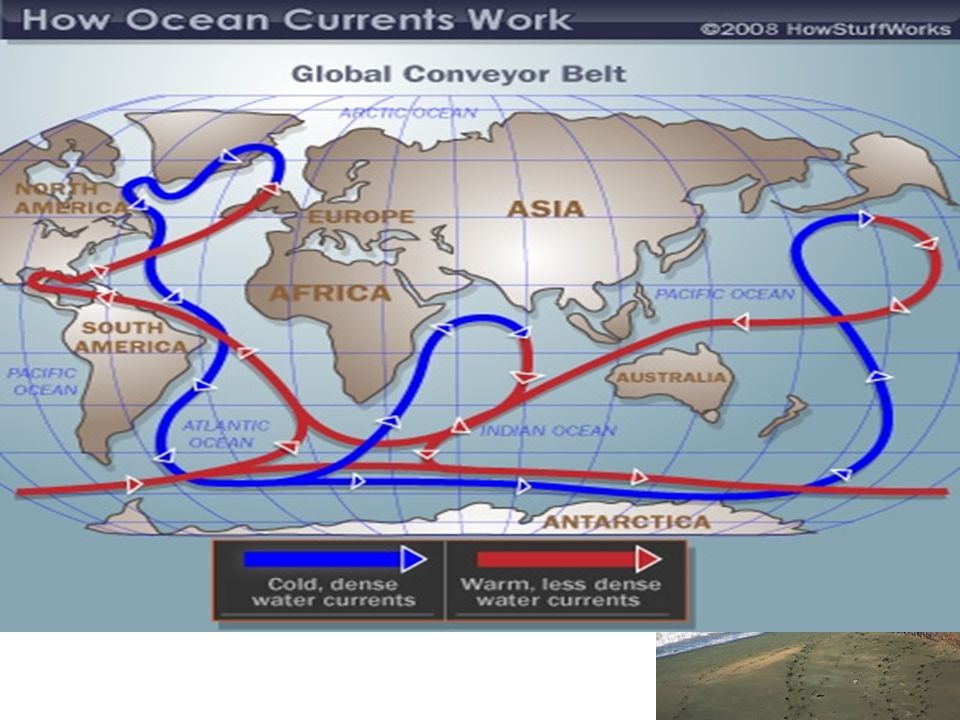

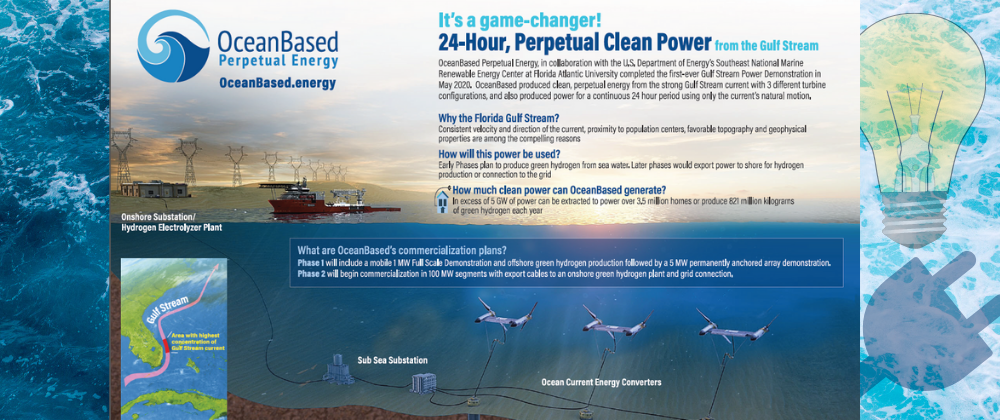

0 Response to "42 how do ocean currents work"
Post a Comment